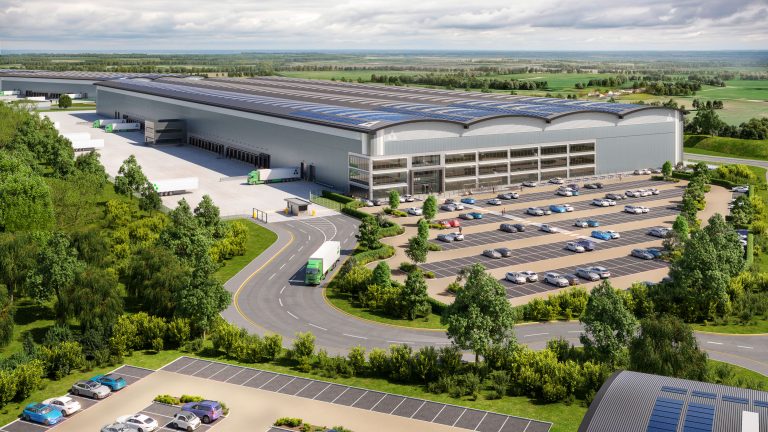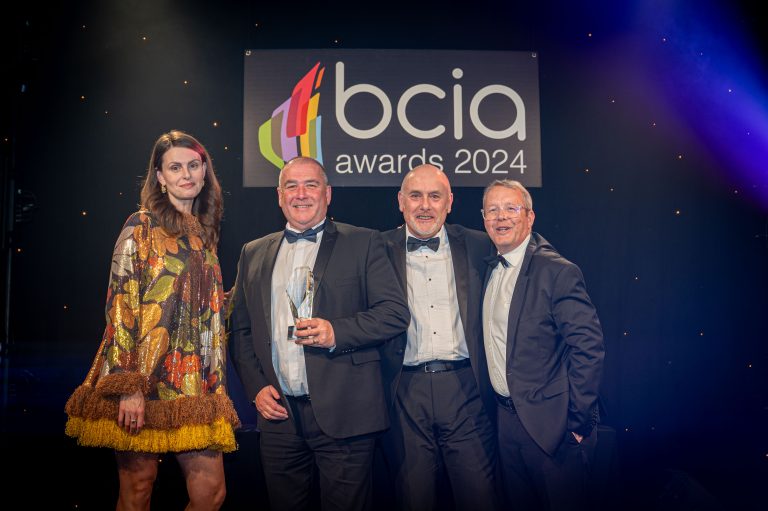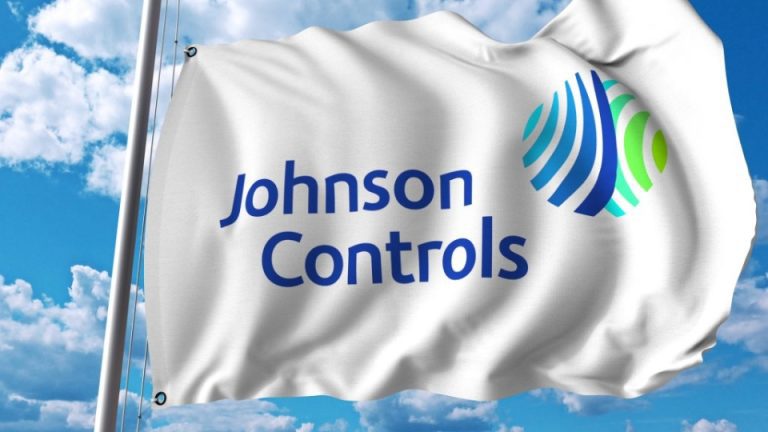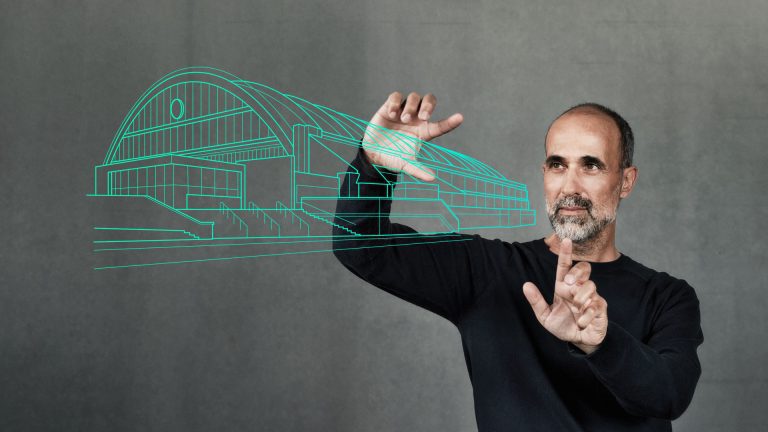Johnson Controls , the global leader for smart, healthy, and sustainable buildings, has received the 2024 World’s Most Ethical Companies® recognition by Ethisphere, a global leader in defining and advancing the standards of ethical business practices, marking the 17th time Johnson Controls has been named to this list. “What we do every day at Johnson Controls makes the world more productive, more secure, and more sustainable. Creating winning solutions for our customers is the key to winning in the marketplace, and how we do it matters,” said Johnson Controls Chairman and CEO George Oliver. “We are immensely proud of our role as a global leader in ethical practices and are resolute about doing what is right to fuel employee empowerment and drive business value. This recognition underscores our deeply engrained culture of ethics at Johnson Controls.” Values First, the Johnson Controls Code of Ethics, is the cornerstone of the Johnson Controls Ethics & Compliance Program and is an integrated approach to ensuring that individual conduct, business operations, and organisational culture maintain the highest standards of integrity. Through leadership, commitment, communication, training, monitoring, and reporting, Johnson Controls has operationalised ways to identify and safely navigate ethics and compliance risks and conduct business according to the company’s stringent set of values. “Acting with integrity, being purpose led, and always putting the customer first are just a few of the values that lead our teams at Johnson Controls. This recognition is a testament to our culture and the employees who live our values every day,” said Mara Murphy, Vice President and Chief Ethics and Compliance Officer of Johnson Controls. The World’s Most Ethical Companies assessment is grounded in Ethisphere’s proprietary Ethics Quotient®, an extensive questionnaire that requires companies to provide over 240 different proof points on their culture of ethics; environmental, social, and governance (ESG) practices; ethics and compliance program; diversity, equity, & inclusion; and initiatives that support a strong value chain. In 2024, 136 honourees were recognised spanning 20 countries and 44 industries. “It’s always inspiring to recognise the World’s Most Ethical Companies. Through the rigorous review process, we see the dedication of these organisations to continually improving their ethics, compliance and governance practices to the benefit of all stakeholders,” said Erica Salmon Byrne, Ethisphere’s Chief Strategy Officer and Executive Chair. “Companies that elevate best-in-class cultures of ethics and integrity set a standard for corporate citizenship for their peers and competitors to follow. Congratulations to Johnson Controls for achieving this honour and demonstrating that strong ethics is good business.” To learn more about integrity and ethics at Johnson Controls visit www.johnsoncontrols.co.uk/about-us/ethics-and-compliance. Methodology & Scoring The World’s Most Ethical Companies assessment is grounded in Ethisphere’s proprietary Ethics Quotient®, an extensive questionnaire that requires companies to provide over 240 different proof points on their culture of ethics; environmental, social, and governance (ESG) practices; ethics and compliance program; diversity, equity, & inclusion; and initiatives that support a strong value chain. That data undergoes further qualitative analysis by our panel of experts who spend thousands of hours vetting and evaluating each year’s group of applicants. This process serves as an operating framework to capture and codify truly best-in-class ethics and compliance practices from organisations across industries and from around the world. Honourees To view the full list of this year’s honourees, please visit the World’s Most Ethical Companies website, at https://worldsmostethicalcompanies.com/honorees. About Johnson Controls: At Johnson Controls (NYSE:JCI), we transform the environments where people live, work, learn and play. As the global leader in smart, healthy and sustainable buildings, our mission is to reimagine the performance of buildings to serve people, places and the planet. Building on a proud history of nearly 140 years of innovation, we deliver the blueprint of the future for industries such as healthcare, schools, data centres, airports, stadiums, manufacturing and beyond through OpenBlue, our comprehensive digital offering. Today, with a global team of 100,000 experts in more than 150 countries, Johnson Controls offers the world’s largest portfolio of building technology and software as well as service solutions from some of the most trusted names in the industry. Visit www.johnsoncontrols.co.uk for more information and follow @JCI_UKI on social Platforms. About Ethisphere Ethisphere is the global leader in defining and advancing the standards of ethical business practices that fuel corporate character, marketplace trust, and business success. Ethisphere has deep expertise in measuring and defining core ethics standards using data-driven insights that help companies enhance corporate character. Ethisphere honours superior achievement through its World’s Most Ethical Companies® recognition program, provides a community of industry experts with the Business Ethics Leadership Alliance (BELA), and showcases trends and best practices in ethics with Ethisphere Magazine. Ethisphere also helps to advance business performance through data-driven assessments, guidance, and benchmarking against its unparalleled data: the Culture Quotient dataset focused on ethical culture and featuring the responses of 2+ million employees around the world; and the Ethics Quotient dataset, featuring 200+ data points highlighting the ethics, compliance, social, and governance practices of the World’s Most Ethical Companies. For more information, visit https://ethisphere.com. Building, Design & Construction Magazine | The Choice of Industry Professionals














